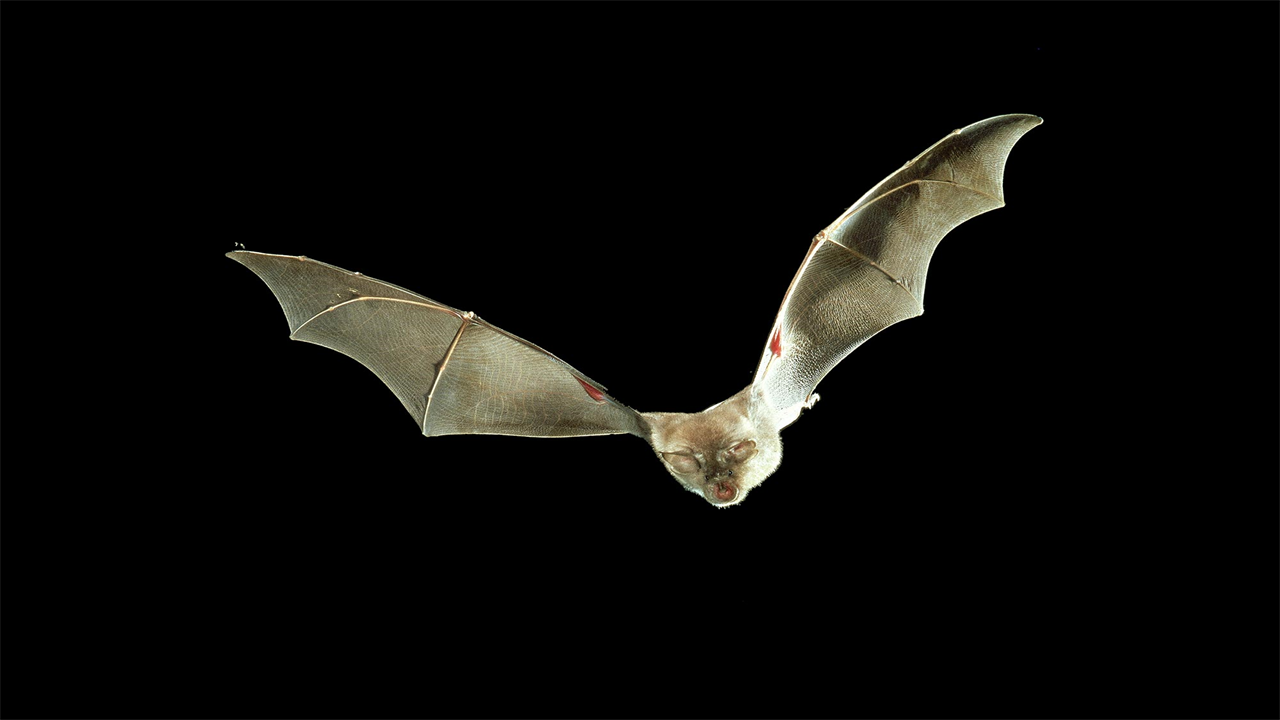Preliminary Evidence Suggests Coronavirus Jumped From Animals to Humans Multiple Times
0 View
Share this Video
- Publish Date:
- 11 November, 2021
- Category:
- Covid
- Video License
- Standard License
- Imported From:
- Youtube
Tags

The origin of the SARS-CoV-2 virus, which caused the COVID-19 pandemic, has been hotly debated.
This debate has caused significant problems in Australia-China relations, with a call by Secretary of State Marise Payne for a re-examination of its origins being viewed by China as a hostile act.
There is no doubt that the virus’ closest relatives are found in bats. How, where and when the virus passed to humans is the controversial issue.
A widely held hypothesis is that the spillover occurred in Wuhan’s “wet markets”, where many species of wildlife from all over China are kept in crowded conditions.
However, there is no evidence that the bat species in which SARS-CoV-2’s closest relatives are found were sold through Wuhan’s wet markets at any point in the two years before the pandemic. This hypothesis requires the existence of a ‘bridge host’, another species that becomes infected via overflow from the original bat hosts and then passes the virus on to humans.
Bridge hosts are known for many emerging human diseases. For example, the Hendra virus that my group is studying has flying foxes as its reservoir. Hendra regularly switches to horses. Horses then amplify the virus as a bridge host and can infect humans.
Fortunately, this is extremely rare, with only seven known cases. Tragically, four of those people died. Hendra has never been known to spread directly from flying foxes to humans.
More evidence that a lab leak is highly unlikely
A second, much more controversial hypothesis is that the origin of the pandemic was the result of a ‘lab leak’.
Wuhan has one of the most advanced virology labs in China and the lab is working on bat viruses. The suggestion is that the virus may have accidentally entered the general community through one of the employees. No direct evidence supports this hypothesis.
A new pre-print study, released online, provides strong evidence to support the “natural spillover” hypothesis, with results that are difficult to reconcile with the “lab leak” hypothesis.
The research has yet to be peer-reviewed. But it is based on a detailed examination of the genetic sequences of two early genera obtained from humans infected in late 2019 and early 2020.
For convenience, these two lines are called A and B. The two lines differ by only two nucleotides (letters in the genetic code) at two different key sites in the genetic sequence.
Genetic sequencing is not perfect. Close examination of the 38 intermediates strongly suggested that they were more likely to be pure line A or line B sequence errors than true intermediates.
The genetic evidence therefore strongly suggests that there have been at least two separate spillovers to human populations, one from line A and another from line B.
Has a Human Brought SARS-CoV-2 to the Wet Markets?
The data doesn’t tell us that there have only been two overflow events – there could have been more. Nor do they tell us if these spillovers happened directly from bats, or if some or all of them happened through an intermediate bridge host.
A Nature news article suggests this evidence points to the wildlife trade spillover, but I think this is going a step too far.
While some of the animal species sold through the Wuhan wet market can indeed become infected with SARS-CoV-2 (for example, raccoon dogs and mink), there is no evidence that species sold through the market are contaminated.
Many of the earliest human viral sequences (all line B) were recovered from the fish market in Wuhan, but wet markets and slaughterhouses are known to be places where the SARS-CoV-2 virus spreads very well from person to person. .
So it may have been a human who brought the virus to the Wuhan fish market, rather than an animal species.
One thing we do know is that this pandemic was caused by a human coming into contact with another species infected with the virus.
It is unknown whether this was a bat or a bridge host, and whether this contact took place at a game market, or in a bat cave, or elsewhere entirely.
Nevertheless, as humans increasingly encroach on wildlife habitats and as wildlife is brought into close contact with humans more and more, we can expect further spillovers and pandemics to occur.
If there was a single lab escape event, the separation in line A and B must have occurred after the lab escape. We would therefore expect a significant number of intermediate lines, with the line A nucleotide in one position and the line B nucleotide in the other.
However, if almost all genetic sequences obtained from humans are “pure” lineage A or pure lineage B, it suggests that there were at least two distinct overflow events, either directly from bats or through bridge hosts.
And the evolution of the two sexes took place before humans were infected.
The researchers downloaded all complete genetic sequences for SARS-CoV-2 that were stored in a widely used genomic database. Of these sequences, 369 were from line A, 1,297 from line B and only 38 were intermediates.
Written by Hamish McCallum, director of the Center for Planetary Health and Food Security, Griffith University.
This article was first published in The Conversation.










